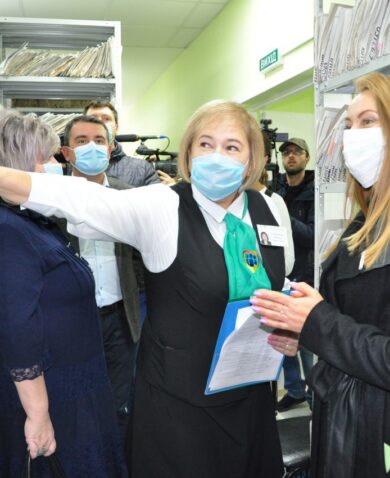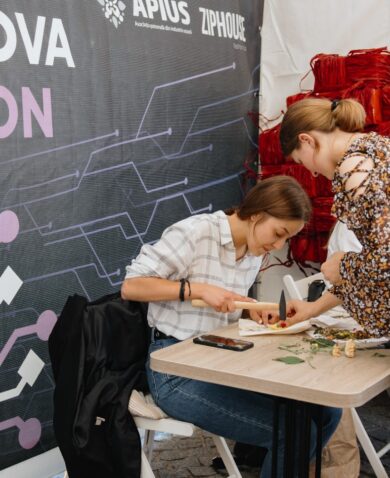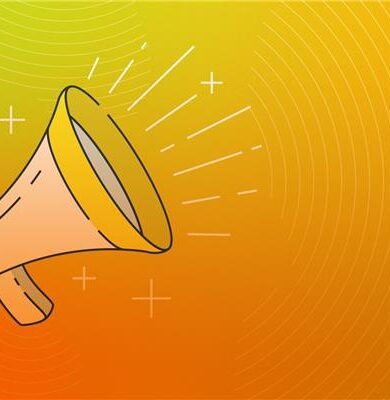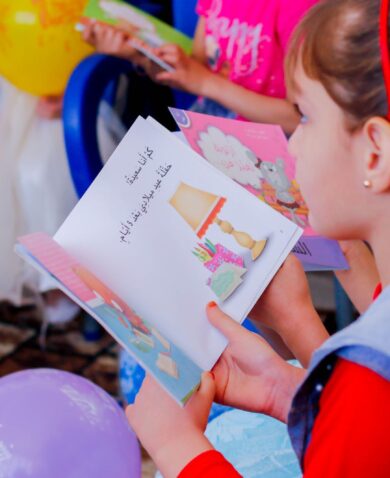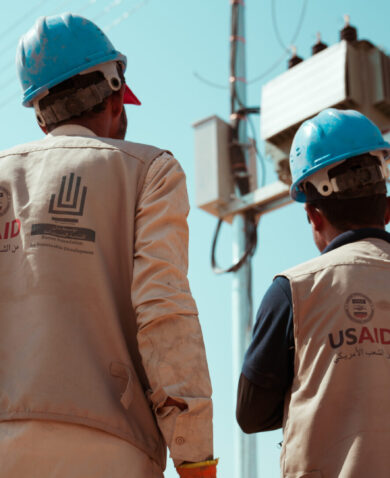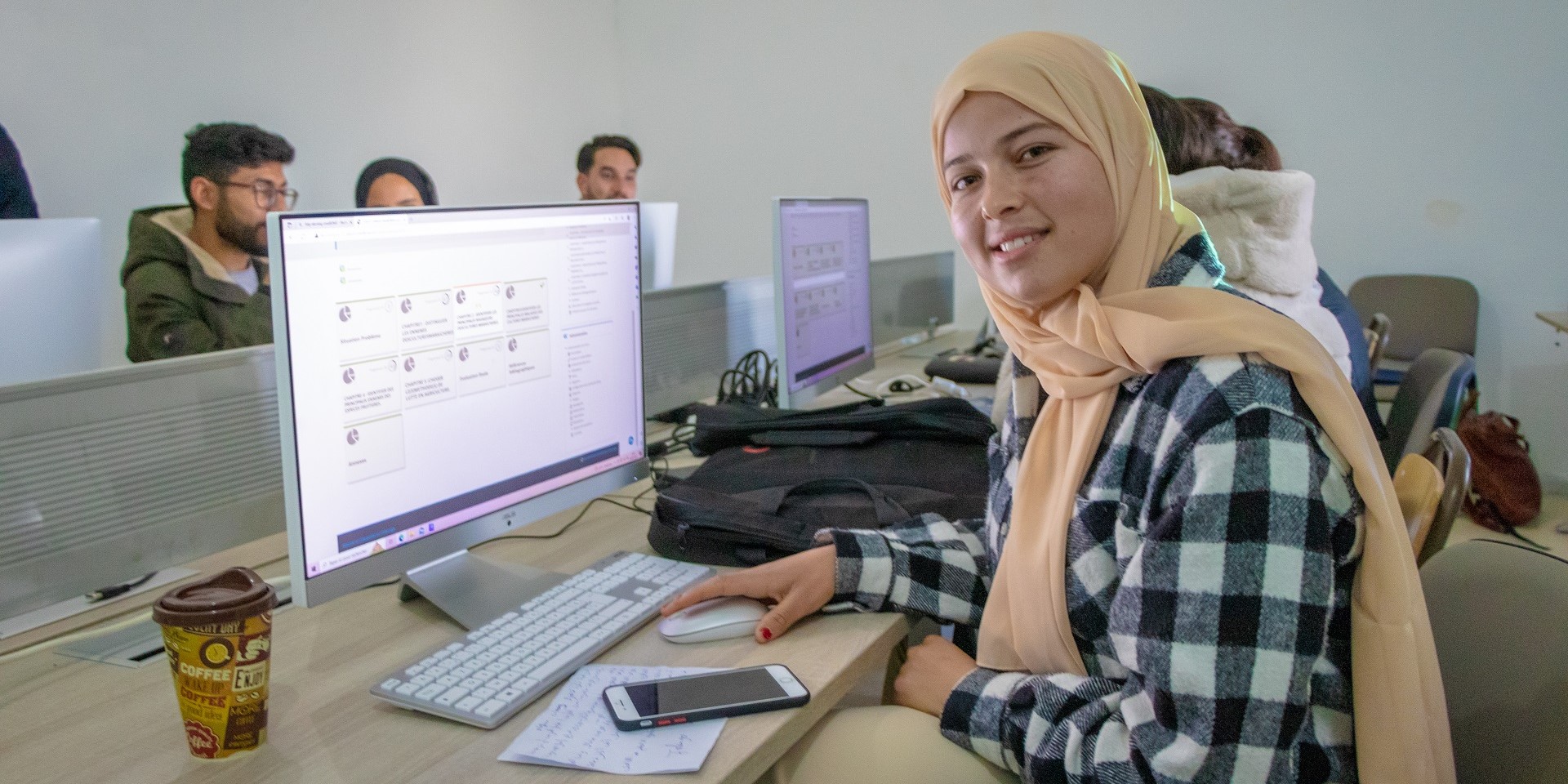
Workforce Development for a Resilient Future
June 23, 2023 | 4 Minute ReadBy 2050, the United Nations estimates at least 47 countries in Sub-Saharan Africa, Oceania, Northern Africa, and Western Asia will experience a 62 percent increase in their youth population, accounting for more than 150 million additional youth that will be entering the global workforce.
In addition to a growing youth population, many developing countries are experiencing changes – including COVID-19, digitalization, and a rise in private sector engagement – that are altering the workforce and employment landscape. Based on lessons from programs that Chemonics has implemented worldwide, we offer five recommendations for how to design workforce development projects that create systemic and inclusive impact for the current and next generation of workers.
1. Understand the landscape, including social dynamics such as discrimination based on gender and other factors and develop tailored workforce development interventions that promote inclusivity.
From sharing sector-specific assessment study findings and developing targeted communication campaigns to developing an in-depth understanding of the current country context, as well as the associated challenges and barriers, allows projects to develop activities and inform stakeholders as they plan their actions in creating more inclusive and equitable industries.
Putting it into practice:
The USAID-funded Developing Sustainable Tourism Activity conducted the first-ever gender assessment for the tourism sector for Bosnia and Herzegovina, which identified obstacles and presented interventions to expand opportunities for women in tourism to the government, educational bodies, private sector, and associations. From the assessment, the project is working with four key groups of stakeholders to incorporate tailored recommendations into their policies and workplans, including creating more inclusive and equitable workplaces in the tourism industry.
2. Systematize the integration of sector-specific soft and transferable skills into education curricula to strengthen resilience and adaptability of young people in a changing world.
Recent trends in workforce development have focused on providing access to higher education and minimizing dropout rates. Despite this focus, there is a growing need for skills development for workers in service industries; for example, a recent World Bank report on services-led development noted the services sector accounts for 45 percent of employment in developing economies. Additionally, in response to a growing emphasis on the green economy and green jobs, programs need to look at the continuum of life skills, specialized skills, and transformative skills that should be targeted when developing workforce development programming.
Putting it into practice:
The USAID-funded Tunisia Jobs, Opportunities, and Business Success (JOBS) program developed a curriculum for both higher education and vocational training staff, including the design of 14 digital training courses focused on high-demand sectors of agriculture, tourism, textiles, and electromechanics. To increase sustainability, the program digitized the courses and created a manual (Link to the branded manuals developed and digitized by sector) for nationwide e-learning resources and tools. Additionally, JOBS created and implemented a digital management system for a private textile educational institute to track students’ skill-building progress and provide data for strategic planning of future skills training.
3. Leverage technologies to enhance education and recruitment objectives and keep pace with the future of jobs.
For youth to be competitive candidates for high-earning jobs, technical or soft skills in ICT are a must. Whether it is providing sector-specific training in data science and cybersecurity, using technology as a communications tool to showcase the importance of technical skills training, making activities virtual due to the pandemic, or adapting training to address the increase of artificial intelligence technologies, using and teaching new technologies is vital to workforce development programming.
Putting it into practice:
The USAID Moldova Competitiveness Project launched the Future Classroom Lab (FCL) initiative, in partnership with Orange telecom, Liechtenstein Development Service (LED) and the Ministry of Education, Culture and Research. The initiative developed innovative educational partnerships and brought market-driven technologies to schools to enhance learning outcomes and develop practical skills in students and in just five years, the FCL school network expanded from 11 schools to more than 60 schools. Additionally, through a partnership facilitated by the program with Google, 1,200 Moldovan schools were connected to the Google for Education platform during COVID-19 and over 20,000 teachers in Moldova were provided with Google classroom and digital literacy training.
4. Address the stigma and negative perception of the Technical and Vocational Education and Training (TVET) sector.
The future of work won’t be as focused on degrees, but on job skills. A recent PwC survey noted companies are looking to invest in their current workforce through upskilling and increasing wages; however, only 40 percent of the employees surveyed said that their companies are actually upskilling. The private sector should consider TVET partners to address skill shortages and provide employees with a continued education. Students should also consider the TVET sector by choice, as a trusted education alternative rather than if university access is denied or as the choice for under-achievers.
Putting it into practice:
The Lebanon Community Support Task Order 4 fostered partnerships with the private sector to establish 29 linkages between TVETs and private businesses and provided technical support to human resource staff at 23 partner businesses, which secured 109 internship opportunities for scholarship recipients. Additionally, the program conducted a survey on public perceptions of the TVET sector in Lebanon that identified negative perceptions towards TVETs are still occurring due to lack of awareness of improvements made by USAID and other entities. To address the stigma against TVETs, the program conducted a three-month media campaign that focused on combating the public perceptions of TVETs in Lebanon and contributed to reforms that aimed to upgrade the National TVET Strategy.
5. Conduct ongoing assessments and gap analyses.
With evolving labor market priorities, continual evaluation and learning ensures that development programming is addressing the evolving challenges facing jobseekers and employers. This can take the form of a human capital assessment or more informal studies.
Putting it into practice:
In 2022, the USAID-funded Ukraine Competitive Economy Program (CEP) directed programming to support the launch of the IT Generation program. The program was initiated through the Ministry of Digital Transformation and supported by the Binance blockchain ecosystem, Lviv IT cluster, CEP, and UNDP to provide over 1,000 Ukrainians an opportunity to start a new career in IT through educational programs. Due to the success of this project, the program was expanded from 1,000 to 2,191 students and in recognition of evolving workforce needs, CEP funded a study on “IT Industry Resilience” to understand long-term opportunities for companies and high-paying jobs in the IT sector in Ukraine.
While the projects noted above each operate within their own unique country context, they have encountered similar constraints and adapted to these challenges to create successful workforce development projects. By incorporating these five recommendations in the design of workforce development programs, future activities can support long-term economic resilience in labor markets.
Banner image caption: Amal Khelifi is a Horticulture Trainee at CSFPA Chott Mariem, a vocational training center in Sousse. Her objective when enrolling was to gain the necessary skills to assist her father in managing the farm, which provides for their family of eight. The photo was taken by Slim Bouzrati of USAID Tunisia JOBS.
Posts on the blog represent the views of the authors and do not necessarily represent the views of Chemonics.













